Thursday Afternoon, 25th Shingwedzi is the most beautiful of camps spread out amongst the Mopane and Palm trees,
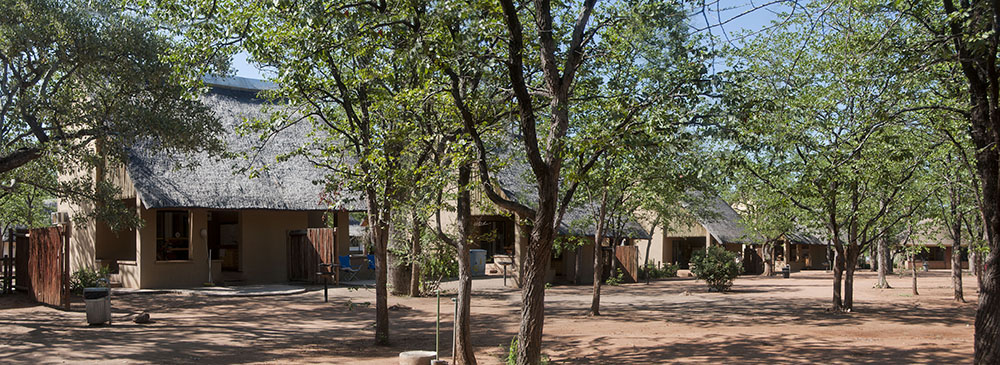
At midday word has it that a European Nightjar is roosting in a tree outside Chalet 46. I hasten there and who should be the guests in 46 but the two German ladies who then kindly point out to me the nightjar. Sadly they could not find the Kingfisher this morning. Shingwedzi has a habit of throwing up interesting birds inside the camp.
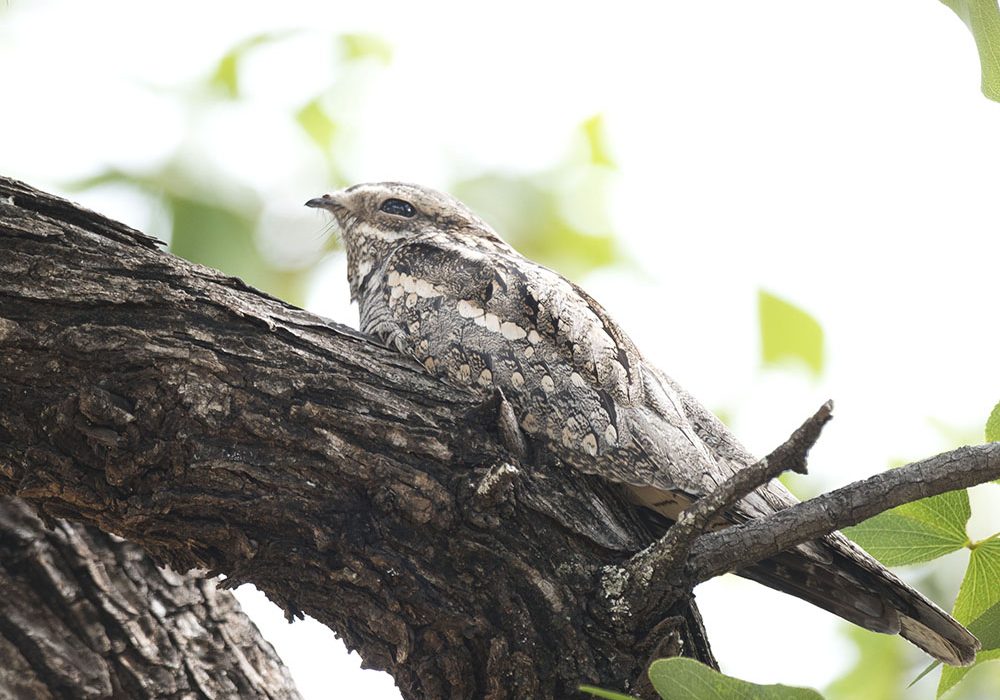
The European Nightjar has the characteristic habit of perching parallel to the branch.
I plan my trips to take maximum advantage of the light. So, this afternoon I travel out west along the H1-6 and then turn right along the Redrocks S52 road.
The “Redrocks” are actually the same rock formation that occurs at Lower Sabie – Lubyelubye (The Clarens Sandstone, formed from an ancient desert). The difference is that they are here stained red by iron oxide and lie horizontal – not dipping like Lubyelubye. This is why the rocks at “Redrocks” cover such a large area. as the Shingwedzi River washes over them.
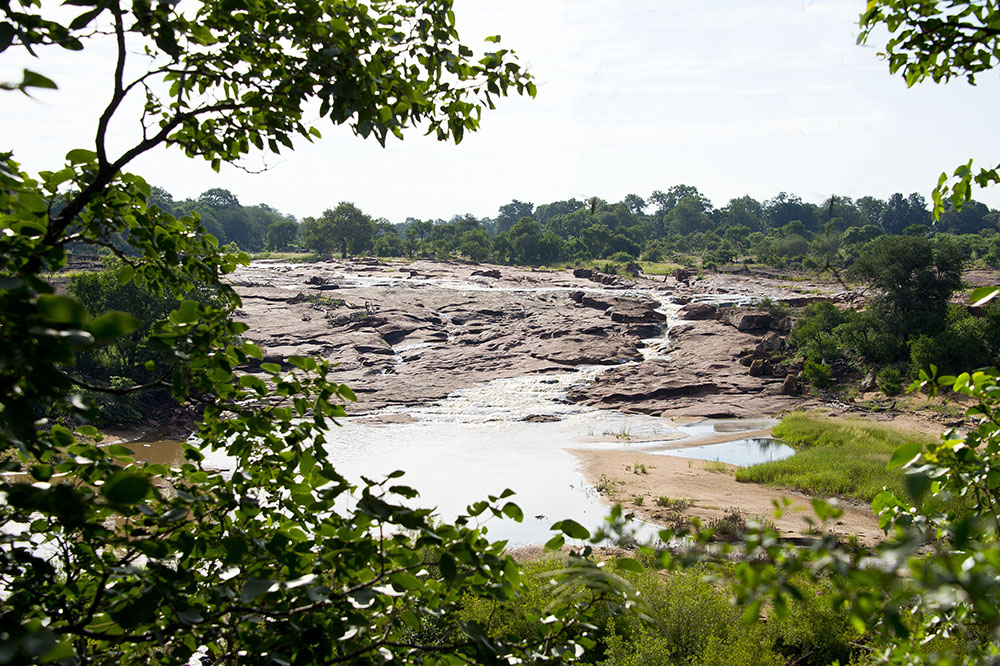
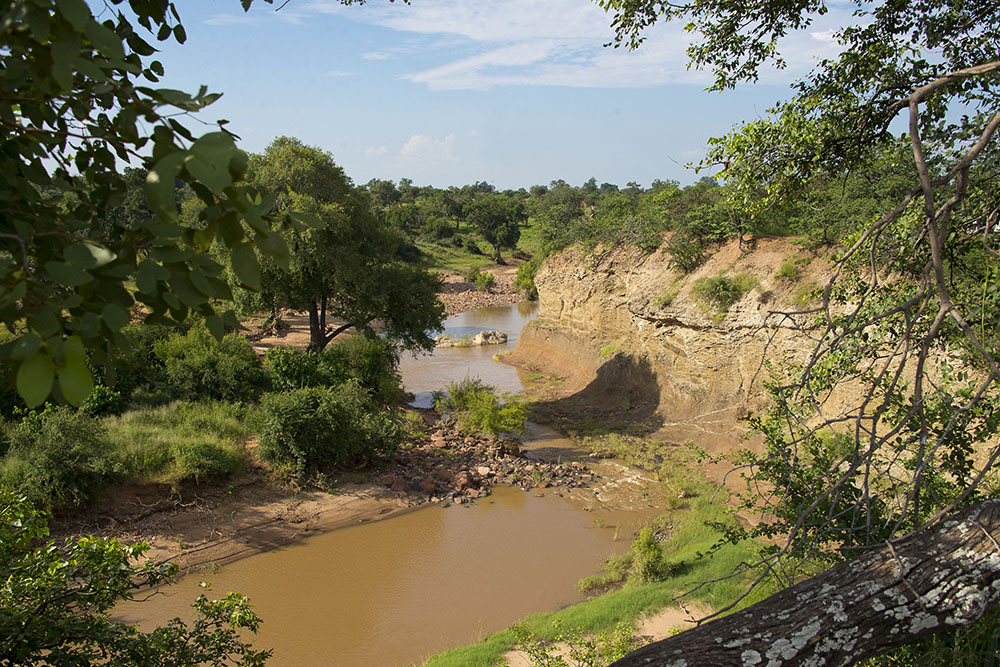
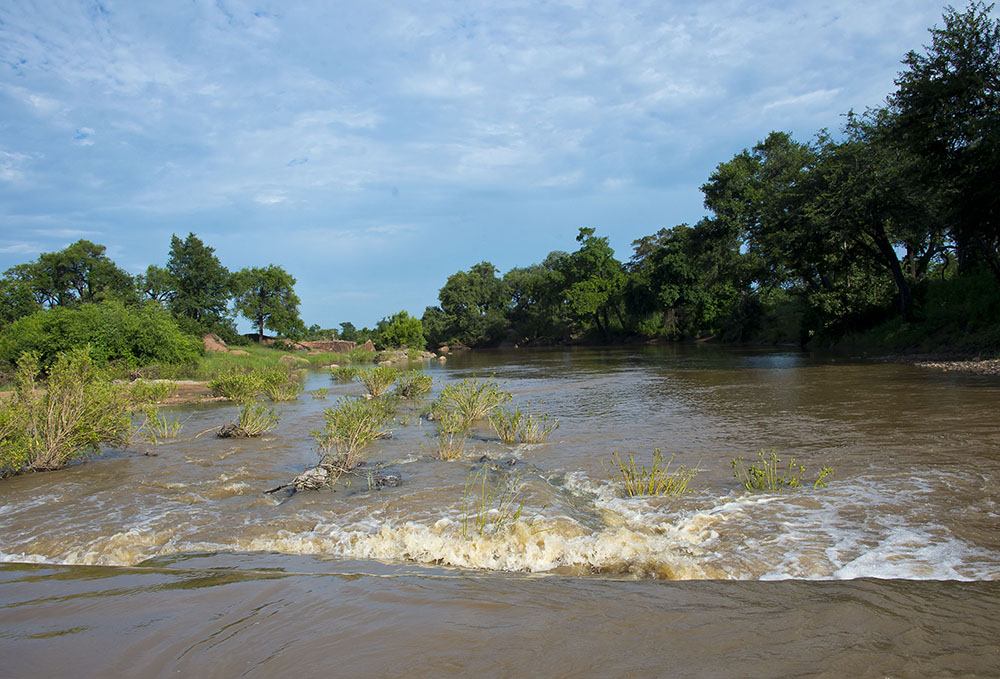
I cross the causeway, awash with the swollen Shingwedzi river, and get onto the north bank and follow the S52 eastward back towards camp with the sun at my back. My goodness, this is a truly magnificent road – majestic trees, views of the river to the right and regular grassy openings amongst the mopane. It is so picturesque and is well known for lion and leopard sightings. I spend a happy two hours creeping along it with constant sources of interest.
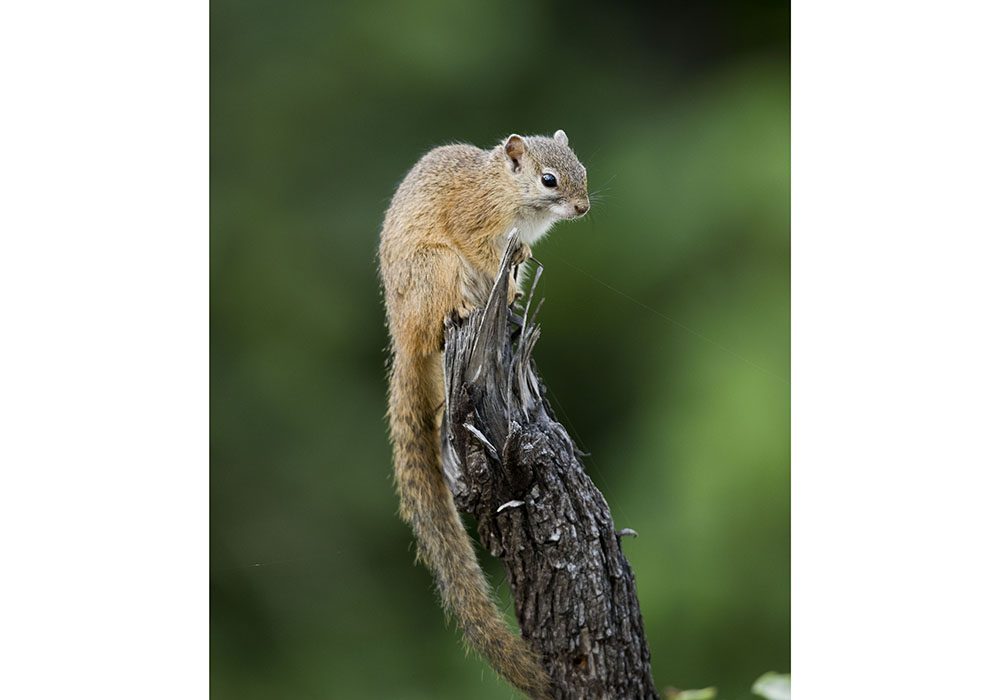
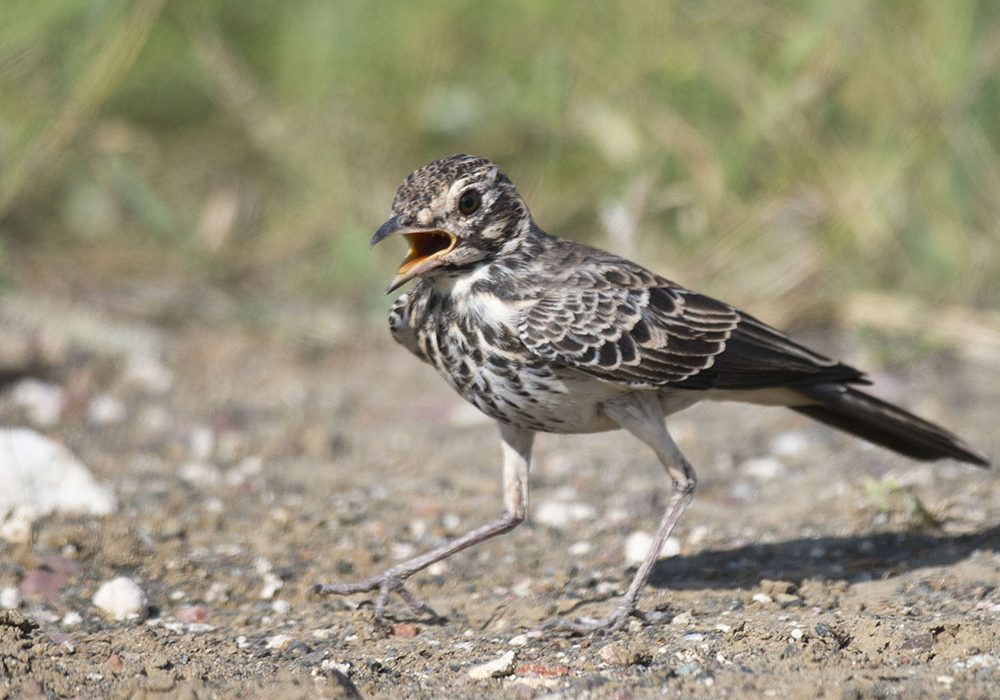
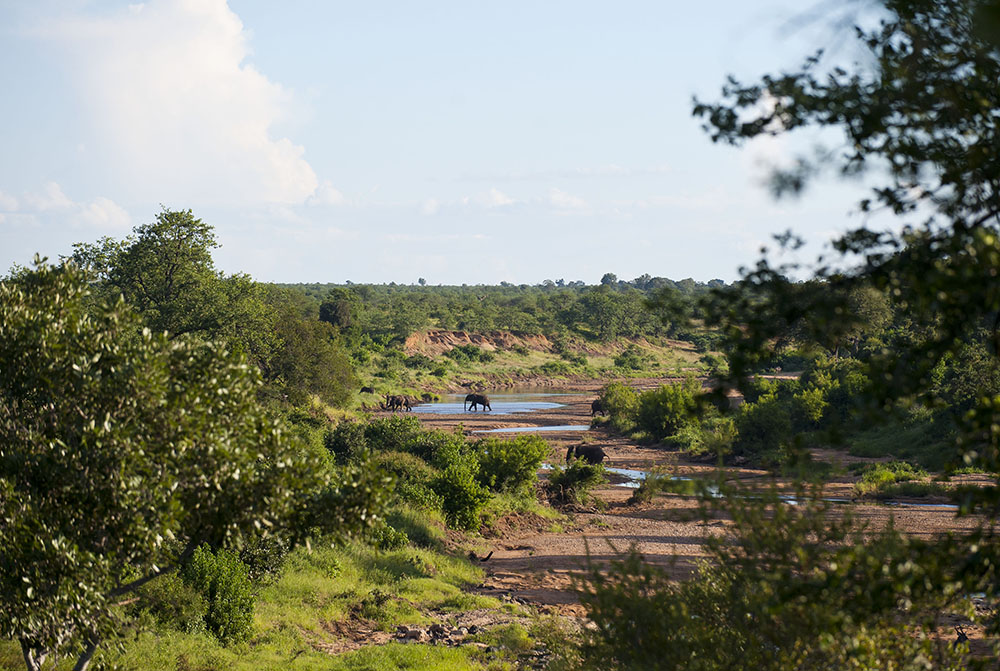
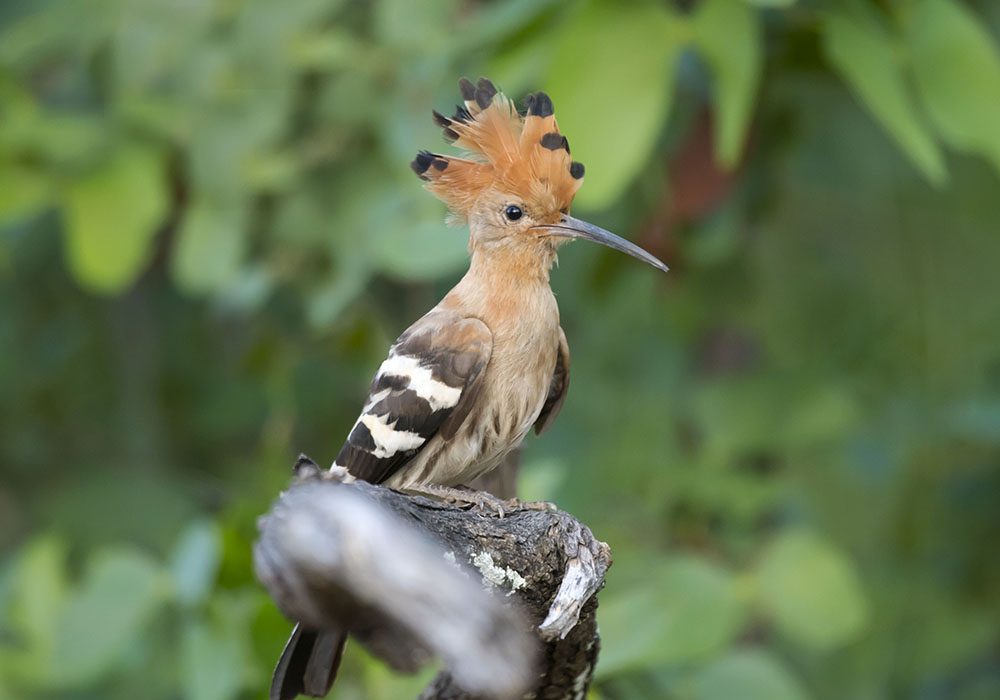
I must do this road in the morning from the other direction with the sun at my back. I enter the camp gates at 6.15pm.
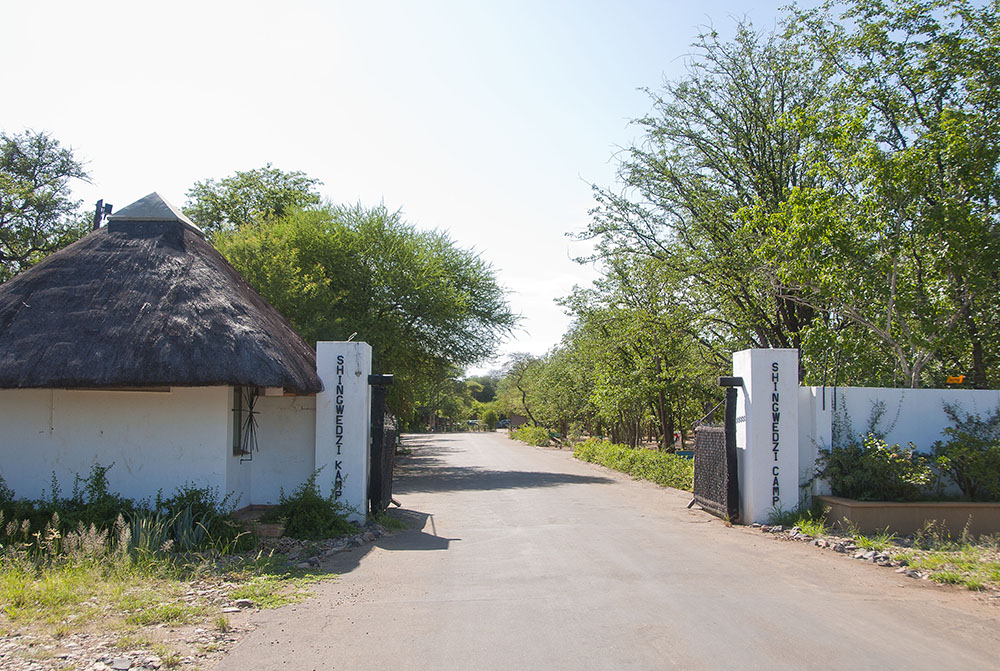
Friday, 26th Rain starts falling during the night and light falls are forecast for the next few days. All is in darkness as the gates open at 5.30am so I delay my departure. I was going to take the Redrocks S52 road again but growling thunder makes me change plan. One must cross causeways already filled with rushing water and any downpour upstream could have me stranded. So I will take the Kanniedood S50 which should be the safest. But large, thundery clouds make me change plans again and I head back to camp. And just in time as the rain really starts in earnest.
I spend the morning doing some long overdue spring-cleaning of my photo library whilst outside the rain comes down. By midday I measure 32mm in my rain gauge as the rain slackens off. At 3pm I head north along the main H1-7 road noting that all the gravel roads are closed. The Phongolo River is foaming and full and heavy rain must have fallen in its catchment. I dawdle up the road stopping for odd bird sightings. The White-winged Widowbird is so common in summer in the grasslands but this too strangely has been absent in the south. Here they are prolific.
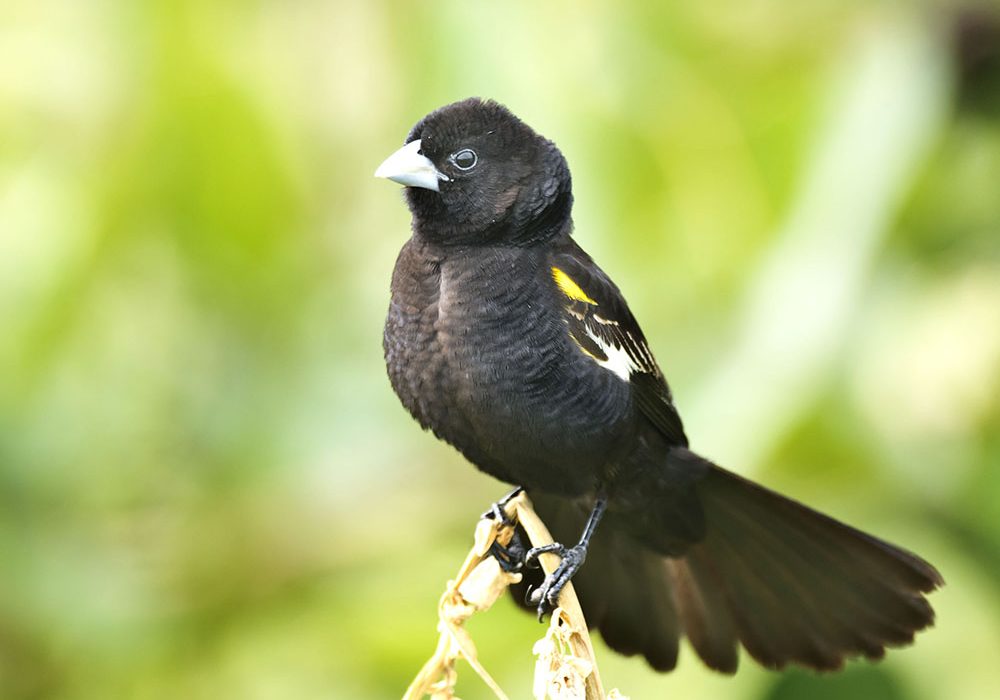
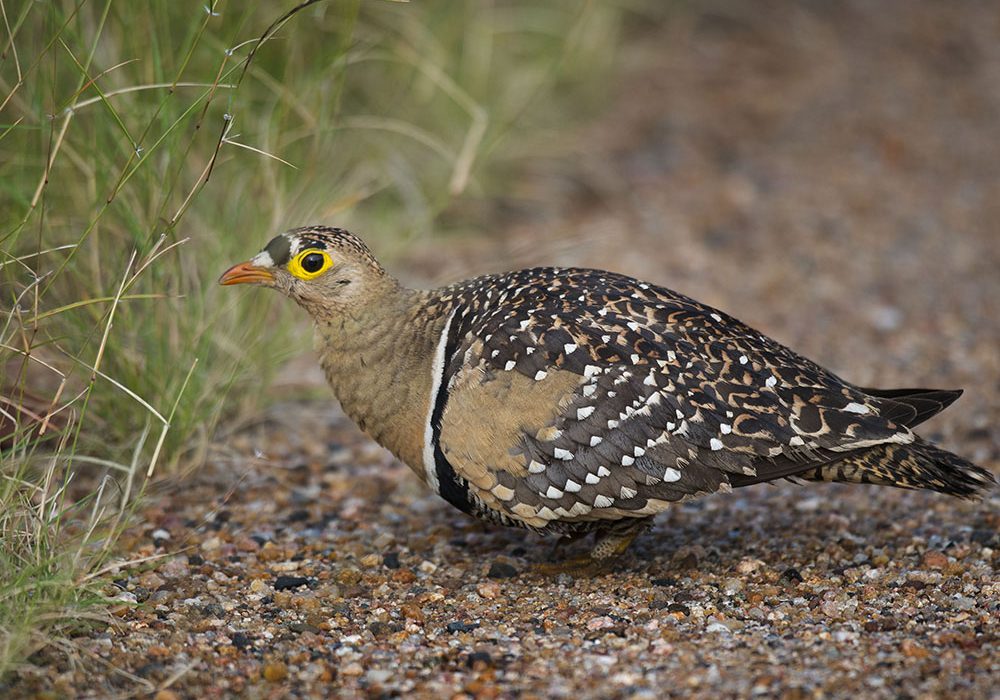
After some 15Km’s I come across a little knot of cars and amongst them is snoozing this lioness quite at ease with the attention she is getting.
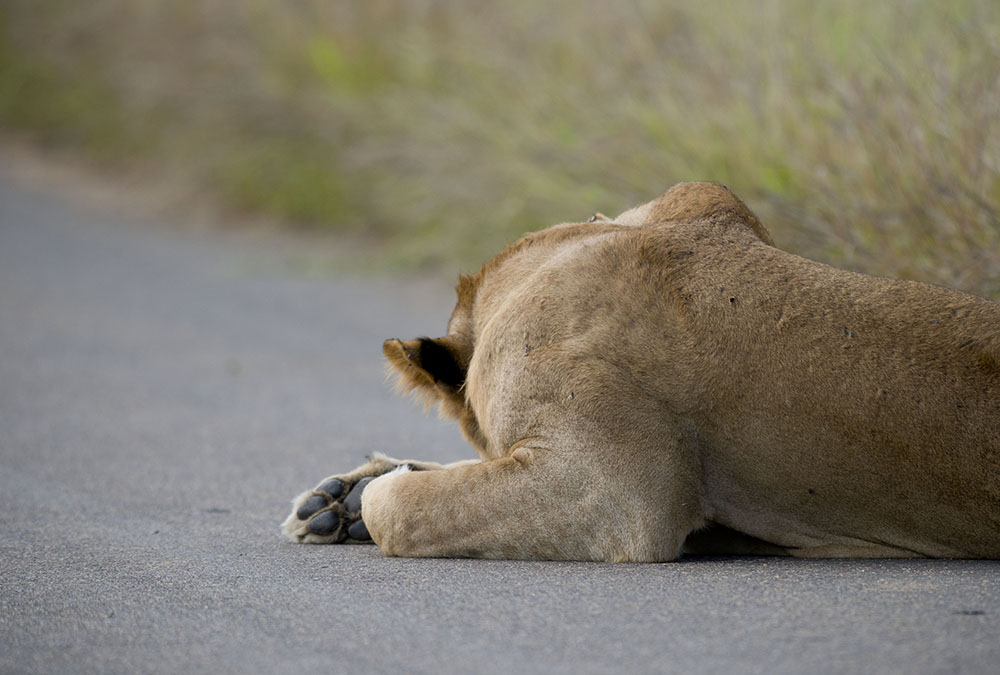
Sleeping lions and jostling cars are not my favourite sighting so I turn and head back down the road with the Quails calling incessantly on either side. I decide to continue past the camp turnoff and investigate the state of the causeway onto the S52 with an eye on tomorrow morning. I am most surprised to find the road open and then even more so to find the causeway quite fordable. The Shingwedzi catchment has obviously not had the same rain as the Phongolo river. But there are some ominous clouds still floating around so maybe my plans for tomorrow will again be foiled.
After crossing the causeway on the way back, I note White Storks swooping in to roost in the high trees along the river bank.
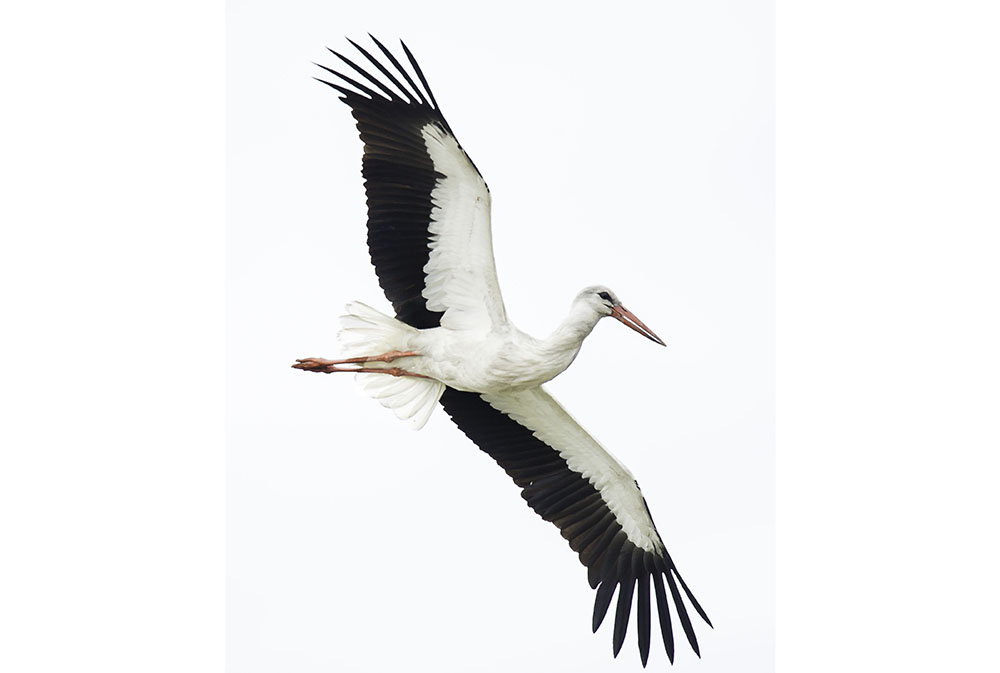
These storks are migratory and are well known for nesting on houses in Europe.
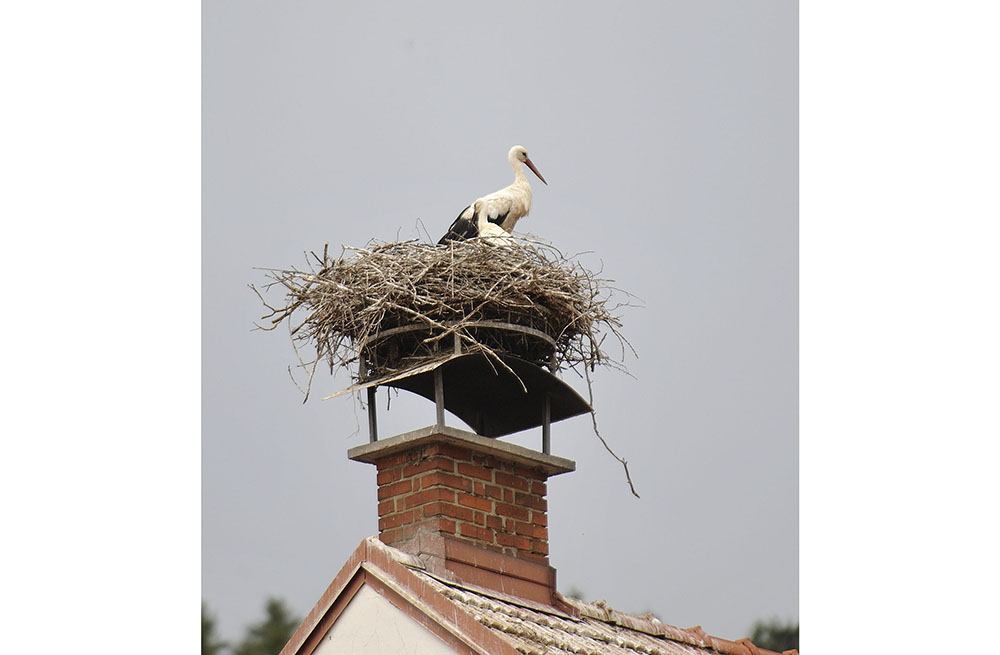
On rather a gloomy end to the day I come across this scene on the very scenic entrance road to the camp.
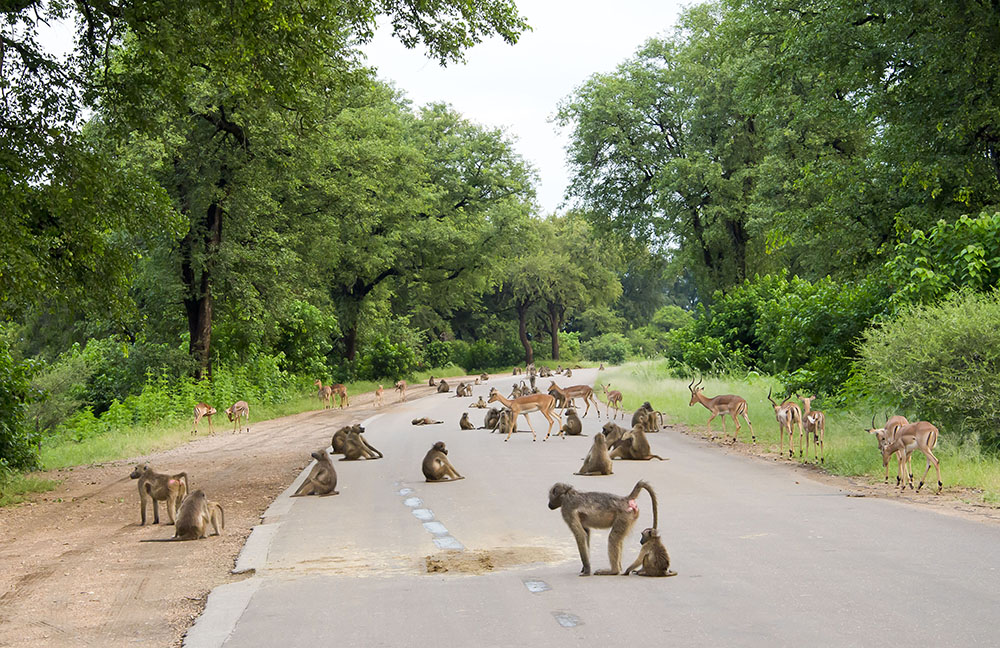
I grow more and more enthusiastic about Shingwedzi the longer I stay here. The beauty of the place is remarkable.



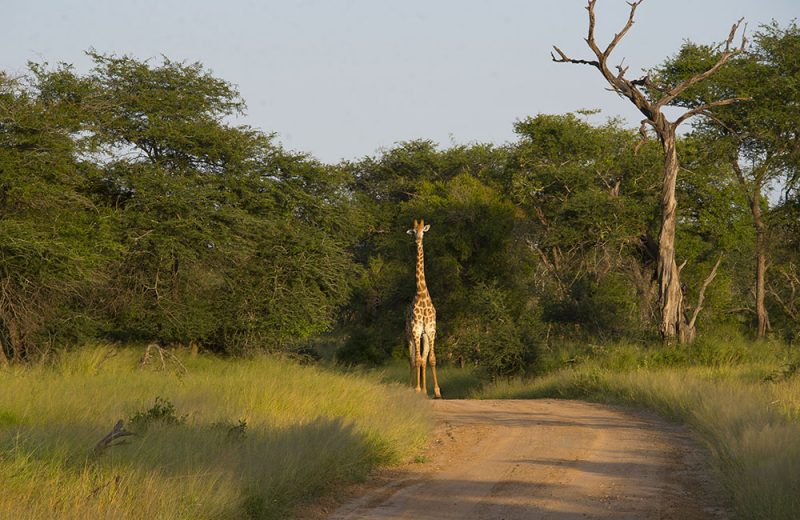
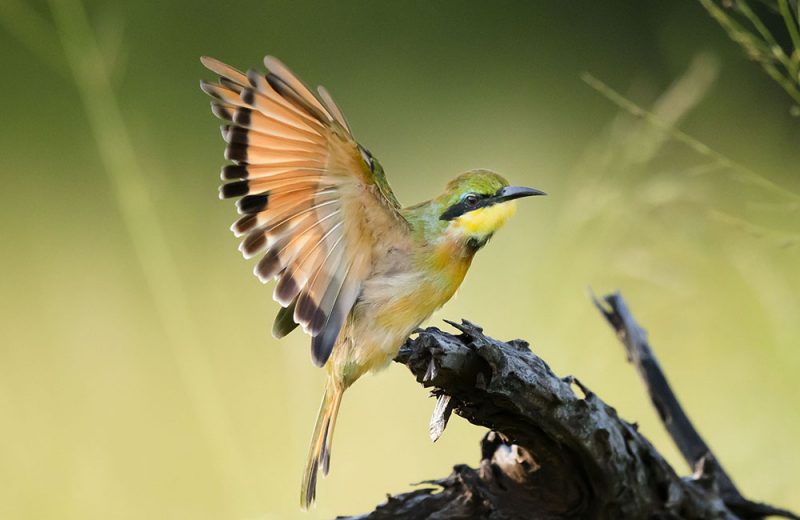
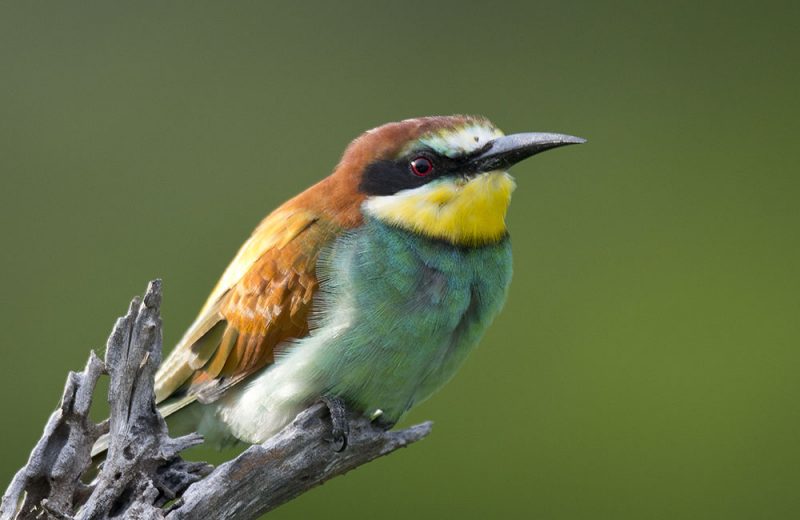
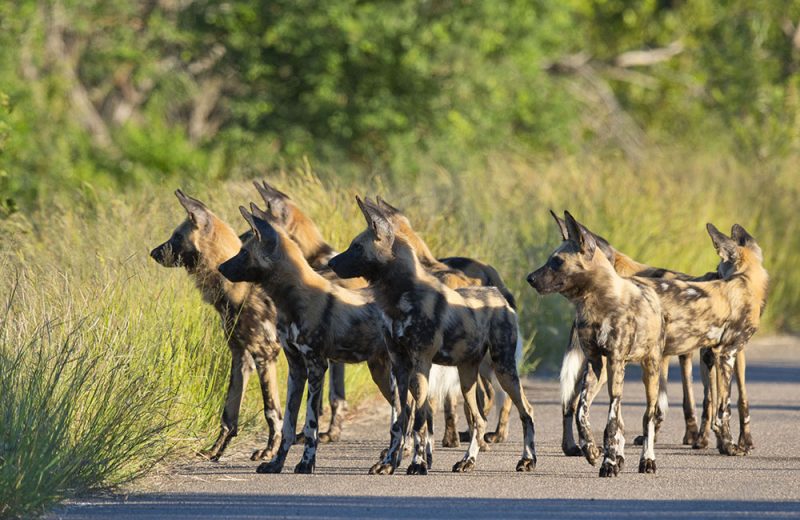
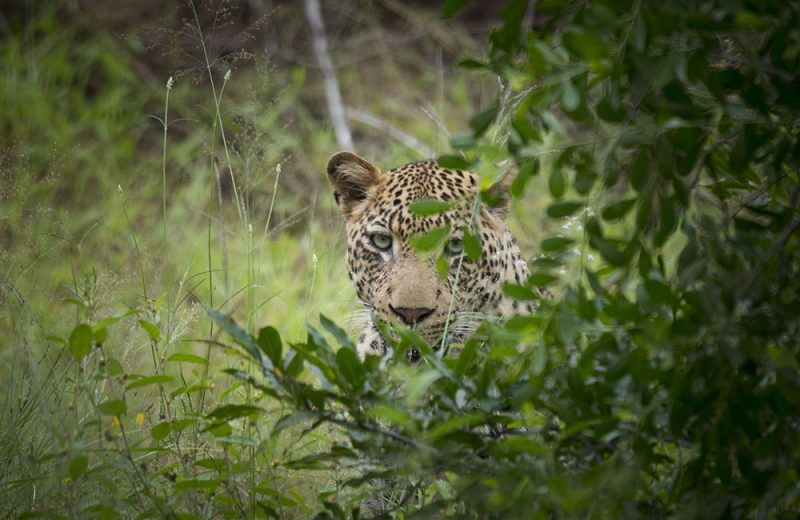

1 Comment
Helena February 27, 2021 at 5:31 pm
Fred your bird photography is so magnificent that even the plainest of birds look interesting and beautiful. Without a decent camera the average person would gloss over the “little brown jobs”.